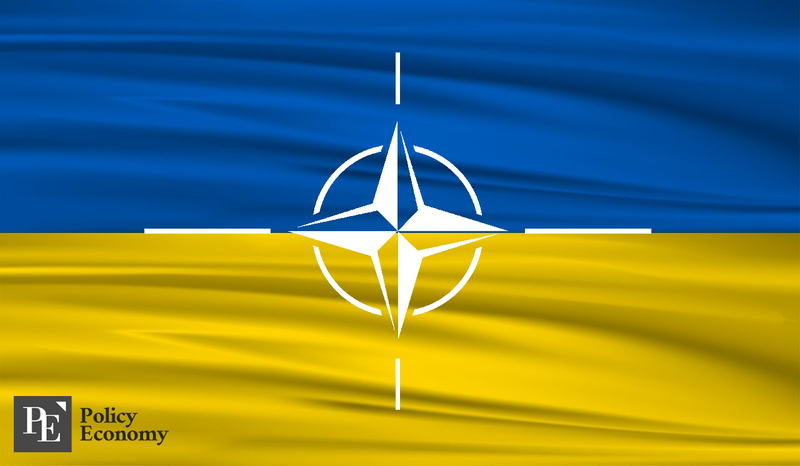New Zealand Announces Major Military Overhaul, Increased Defense Spending
Input
Modified
New Zealand to Double Defense Spending Trump Administration Ramps Up Pressure on Allies NATO Summit Ends Without Breakthrough

New Zealand has announced a significant increase in defense expenditure aimed at bolstering deterrence against China’s growing military power. The plan focuses on modernizing equipment, expanding personnel, and enhancing interoperability with partner nations.
New Zealand to Double Defense Spending
On April 8, Nikkei Asia reported that New Zealand Prime Minister Christopher Luxon unveiled an ambitious defense capability plan that will double the nation’s defense spending from 1% to 2% of GDP within the next eight years. The announcement marks New Zealand’s first comprehensive defense strategy update since 2019 and includes a projected NZ$12 billion (approximately ₩9.88 trillion) in funding over the next four years, with an additional NZ$9 billion in planned expenditures.
Given that New Zealand currently spends around NZ$5 billion annually on defense, the new plan represents a significant increase in both scope and ambition. The fresh funding will be allocated to personnel expansion and a major modernization of military hardware, including new transport aircraft, upgraded missile systems, and maritime helicopters. Investments will also be made to extend the operational life of aging frigates.
In a press release, Luxon emphasized that “global tensions are escalating rapidly, and New Zealand’s current defense spending is far too low for us to shoulder our responsibilities on the world stage.” He framed the current proposal not as a “ceiling” but as a “floor,” suggesting the budget could increase further in future years.
Trump Administration Ramps Up Pressure on Allies
The expanded defense strategy reflects growing concern over China's maritime assertiveness. In February, the Chinese military conducted live-fire exercises in the Tasman Sea—uncomfortably close to New Zealand. The defense blueprint explicitly cites “China’s rapid and opaque military growth” as a key concern.
The plan also emphasizes bolstering defense cooperation with Australia. It prioritizes ensuring interoperability between the two nations’ military forces and equipment, allowing for more effective joint operations. Beyond the trans-Tasman relationship, New Zealand is also aiming for tighter integration with the broader Five Eyes alliance—comprising the United States, the United Kingdom, Australia, Canada—and key defense partners such as South Korea, Malaysia, and Japan.
To achieve this, New Zealand may seek to develop its own strike capabilities to align with those of its defense partners. Another major challenge will be personnel recruitment and retention. The New Zealand Defence Force (NZDF) currently comprises 8,700 regular troops, and will need to add 2,500 more by 2040 to meet operational goals.
This shift marks a clear departure from New Zealand’s traditionally pacifist foreign policy, indicating a pivot toward a more proactive defense posture in response to evolving regional threats.
New Zealand’s defense recalibration is also seen as a response to mounting pressure from the Trump administration. In a speech to Congress on March 4, President Trump delivered two core messages: strengthening allied defense capabilities and cracking down on unfair trade practices through tariffs.
These remarks signal a shift in the United States’ approach to its alliances in East Asia and beyond. Elbridge Colby, Trump’s nominee for Under Secretary of Defense for Policy, echoed this stance in his Senate confirmation hearing the same day, stressing the principles of “peace through strength” and “America First.”

NATO Summit Ends Without Breakthrough
The Trump administration’s demands are not limited to the Indo-Pacific. At the NATO foreign ministers meeting that opened on April 3, just a day after Trump’s reciprocal tariff announcements, U.S. Secretary of State Marco Rubio reiterated Washington’s call to raise NATO’s defense spending target from 2% of GDP to an ambitious 5%.
Rubio declared that the United States would commit to this new benchmark, putting added pressure on European allies. However, the proposal was met with skepticism. Norway’s foreign minister said the country was “not ready to commit,” while Germany capped its goal at 3%.
Many NATO members pointed out the current 2% benchmark is already unmet by 23 of the alliance’s 32 countries. Even the United States currently spends just 3.38% of GDP on defense, making the 5% target appear unrealistic. Critics noted that raising the bar so dramatically would be difficult, particularly given global economic challenges.
Tensions flared further over the Trump administration’s recent imposition of 20% reciprocal tariffs on the European Union. With 23 of the EU’s 27 member states also being NATO members, many European leaders voiced frustration.
In a closed-door meeting, the French delegation reportedly asked, “How can you destabilize the global economy with indiscriminate tariffs and then demand a 5% increase in defense spending?” The UK and EU officials warned that a trade war with the U.S. would only benefit strategic adversaries like Russia and China.





















